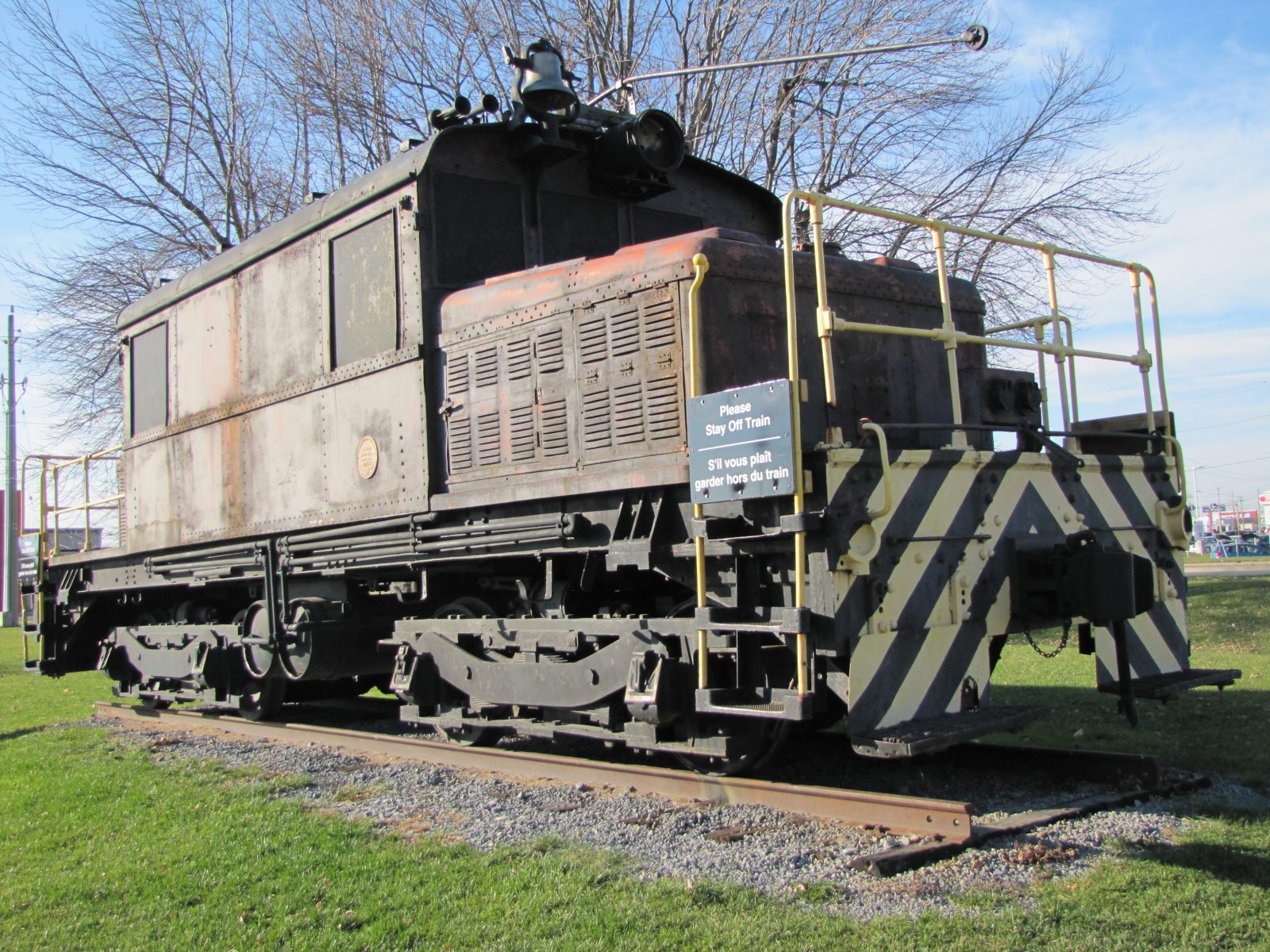CORNWALL, Ontario – The Budget Committee heard a proposal to “stabilize” Cornwall’s Locomotive #17.
Located on the corner of Brookdale Avenue and Ninth Street, the train was owned by Cornwall Street Railway, the precursor to Cornwall Transit.
The locomotive was moved to its current location from in front of the Water Purification Plant in 2005 and in 2006, Cornwall City Council passed a by-law to give the locomotive a heritage designation.
At the budget meeting, the Committee heard about the state of disrepair that the locomotive is in.
“I was out at the locomotive and pieces of metal could just be pulled off,” said Bill de Wit, Municipal Works Division Manager. “Someone could get hurt.”
The Municipal Works Department was recommending that the Budget Committee approve $100, 000 to stabilize Locomotive #17 and prevent further degradation.
de Wit said that re-painting the locomotive was previously estimated to cost $60, 000, however, this current proposal would not cover painting, only maintenance of the structure of the train.
“There should be a poll to see if residents want to pay $100, 000 on that thing,” said Councillor Andre Rivette, previously calling the locomotive an “eyesore.”
However, because of the City by-law designating Locomotive #17 as a part of Cornwall’s heritage, Council has committed itself to maintaining the train. The by-law protecting the train could be repealed if two-thirds of Council were in favour of dropping their support for the train.
Councillor Elaine MacDonald raised the possibility of moving the train to Lamoureux Park, but de Wit recommended consulting with the Waterfront Committee first.
As it is now, there are signs on Locomotive #17 warning the public against climbing on it and de Wit foresees the possibility of fencing the train off.
In an open letter published in Seaway News Cornwall’s Little Historian Sara Lauzon made the case for saving the train. In her statement she outlined how so much of Cornwall’s history has already been let go.
“When I saw what the budget needed in order to repair the Locomotive (estimated around $100,000), I shook my head,” she wrote. “Some Councillors were unhappy with the number, but in the moment I read it, I said to myself, “If you don’t want heritage matters to be expensive, fix them as they become an issue, not decades after the fact.” I believe this situation needs to be viewed as an example. In my eyes, this Locomotive represents the exact issue Cornwall has faced for many years.”
“Cornwall has lost many of it’s heritage properties to fires and other unpredictable tragedies, but it has lost a lot of it’s properties to neglect, lack of care, and lack of vision” she continued. “I can list countless examples of properties I believe should still be standing in this city, but aren’t: Cornwall’s beautiful Post Office (at Pitt and Second), the Cornwallis Hotel, and many will argue that the Capitol Theatre could be on this list. When I see a piece of history like Locomotive #17 that has been sitting in the same area of town for the last twenty years, and learn that it may be used as scrap metal, my mind shifts to everything Cornwall has lost. We do not need to lose more historic properties or artifacts. We need to learn how to save them.”




